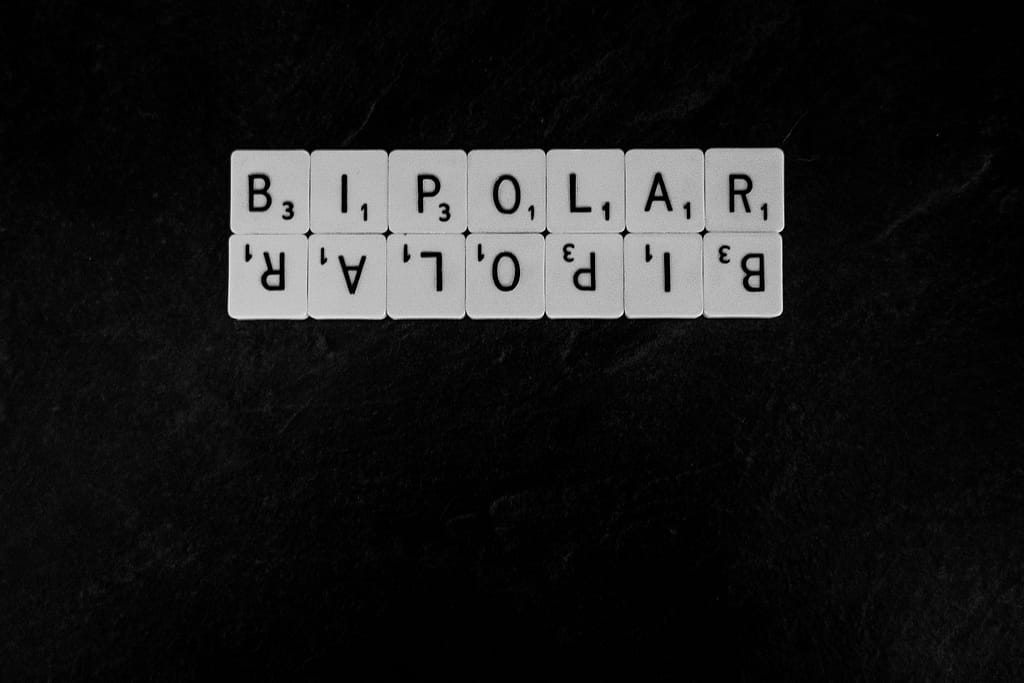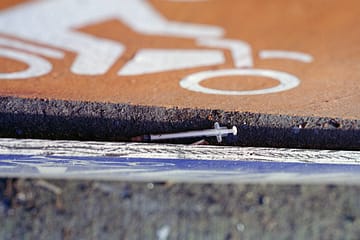Bipolar disorder
Published by Dr. Panagopoulos on
Bipolar disorder
What are the diagnostic criteria for Bipolar disorder?
According to the DSM-5, the diagnosis of bipolar disorder requires the presence of at least one episode of mania or hypomania. There are two main types:- Bipolar I Disorder: Characterized by at least one manic episode (may be preceded or followed by hypomanic or major depressive episodes). A manic episode is defined by an elevated mood lasting for at least one week and includes at least three of the following symptoms:
- Increased self-esteem or grandiosity
- Decreased need for sleep
- More talkative than usual or pressured speech
- Flight of ideas or racing thoughts
- Easily distracted
- Increase in goal-directed activities or psychomotor agitation
- Engaging in risky, out-of-character behaviors
- Bipolar II Disorder: Involves at least one major depressive episode and at least one hypomanic episode, but no history of full manic episodes. Hypomania must last at least four consecutive days and include similar symptoms to mania but to a lesser degree, without causing significant impairment in social or occupational functioning.
- Increased self-esteem or grandiosity
- Decreased need for sleep
- More talkative than usual or pressured speech
- Flight of ideas or racing thoughts
- Easily distracted
- Increase in goal-directed activities or psychomotor agitation
- Engaging in risky, out-of-character behaviors
Does being moody mean I suffer from Bipolar disorder?
Having some degree of mood fluctuations during the daytime depending on the situation is normal. Mild mood fluctuations that last for a few hours only do not typically meet criteria for bipolar disorder as according to the aforementioned criteria the symptoms have to last for several days to qualify. Of course, a detailed assessment by a mental health professional is necessary to reach an accurate diagnosis.
What are the available treatments for Bipolar disorder?
Treatment for bipolar disorder typically involves a combination of medication, therapy, and lifestyle changes. The aim is to stabilize mood, manage symptoms, and promote overall well-being. Some common treatment options include:
Medications:
Mood Stabilizers: Lithium is the most commonly used mood stabilizer. It helps to manage manic and depressive episodes. Also, anticonvulsant medications such as valproate (Depakote) and lamotrigine (Lamictal) are often prescribed as mood stabilizers.
Atypical Antipsychotics: Medications like quetiapine (Seroquel), aripiprazole (Abilify), and risperidone (Risperdal) can be used to treat manic and mixed episodes as well as depressive episodes.
Antidepressants: These may be used to treat depressive episodes but typically only in conjunction with a mood stabilizer to prevent triggering a manic episode.
Psychotherapy: Various types of psychotherapy have been used for bipolar disorder to complement treatment with medications. For example, Cognitive Behavioral Therapy (CBT) can help an individual recognize and replace negative thinking patterns and emotions. Also education about the disorder (also known as psychoeducation) for both the individual and their family is crucial for recognizing warning signs and managing episodes promptly.
Managing bipolar disorder is an ongoing process that requires a comprehensive treatment plan tailored to the individual’s needs. It’s important for individuals to work closely with their healthcare providers to effectively monitor and adjust their treatment as necessary. Dr. Panagopoulos would be glad to work with you, if you reside in the states of New York, Texas or California where he is licensed.



